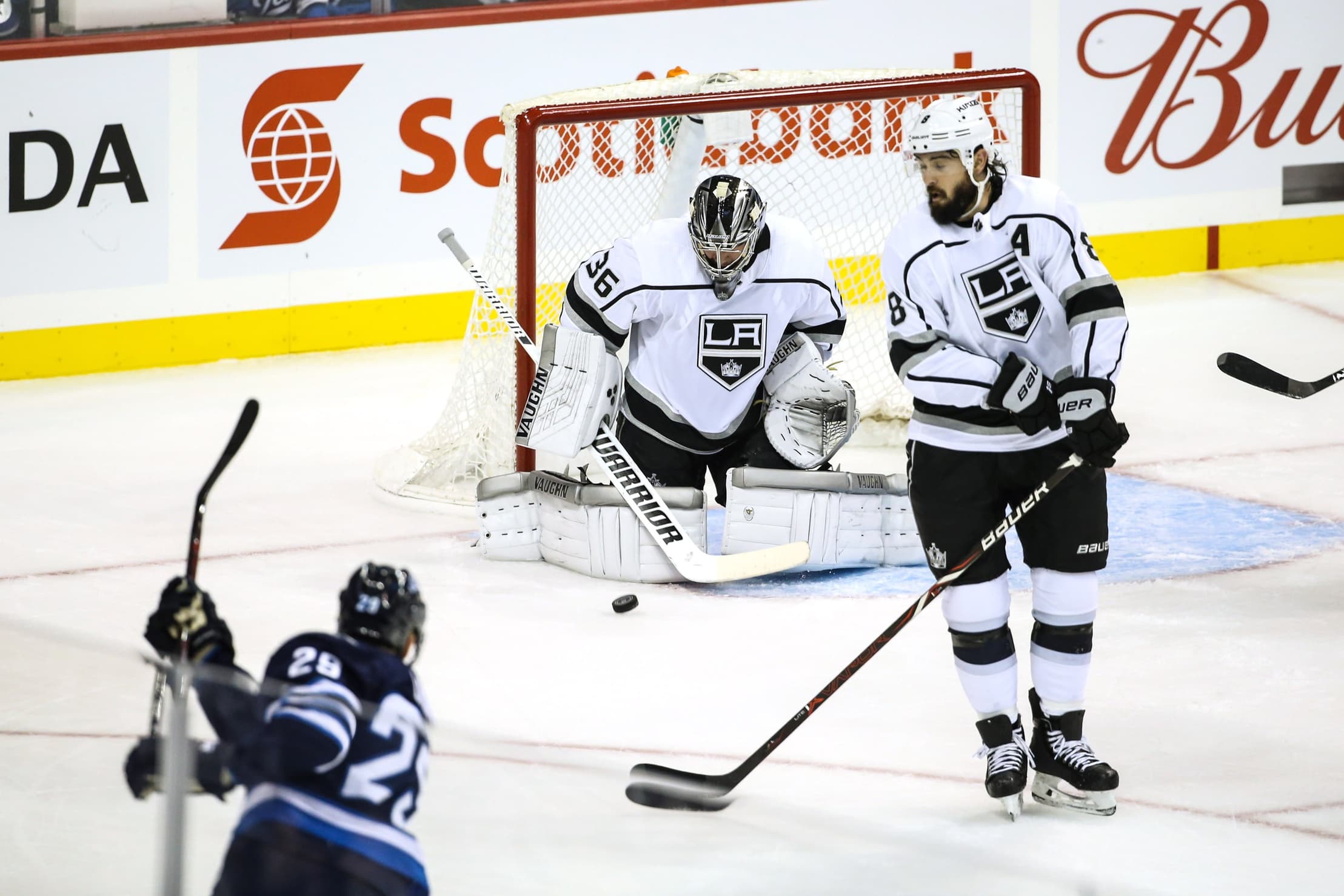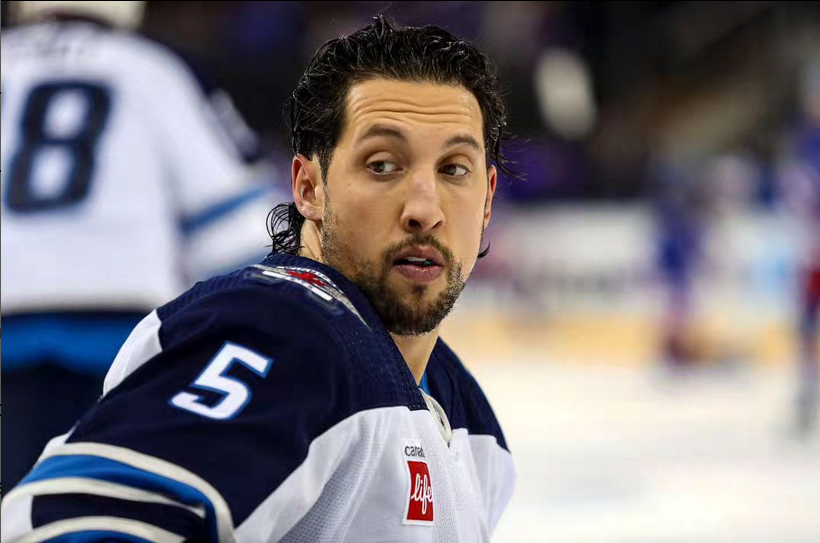It’s Crazy To Think The Winnipeg Jets Are A “Cap Team”

The other day around the water cooler at work while discussing the Winnipeg Jets current situation involving Patrik Laine and Kyle Connor, a co-worker of mine tried to explain why exactly the Jets were going to for sure lose one of the two young forwards before the start of camp…
“The Jets are on a tight budget.”
I, thinking he may have used the wrong word to explain the Salary Cap situation they face, tried to make sure I understood him correctly.
“You mean they are up against the Cap.”
“No, they are a small market budget team. They won’t even spend to the cap!”
It was at that moment I understood I was talking to someone who maybe had just woken up from a deep slumber that began back in 1994 when such a statement may have been true, – or that he was possibly a writer for The Fourth Period who also seem to think the Jets have some sort of tight budget unrelated to the Salary Cap – but as I tried to close up a conversation I knew wasn’t going to go anywhere without a basic understanding of what the Jets currently pay for player salaries, I felt like I had a bit of an epiphany.
30+ years ago, a potential Salary Cap was hailed as a potential savior of teams like the Winnipeg Jets and other small market clubs that couldn’t possibly spend to compete with the big rich markets. Now a Salary Cap is more of a detriment to the Jets in many ways. A tool that the NHL would like to think is helping take away ridiculous player contracts (it isn’t) and making the playing field even for everyone (which I am not so sure it’s doing a good job of that either).
For any of us that were well aware of the business of hockey in the 1990’s, it still feels a bit surreal to think of that little ol’ team in Winnipeg – ya know, the one with the smallest capacity arena in the entire league and the one where dozens upon dozens of people stated that the economics of the game, while improved still wouldn’t work out a second time around in 2011 – as a “spend to the Cap” team in 2019.
Heck, if not for that Cap and it’s limitations, I truly wonder if Kevin Cheveldayoff and the Jets wouldn’t be throwing around stacks of cash this Summer trying to keep the team together and load up while the “window” was open.
Sure, maybe the Jacob Trouba trade would have still needed to happen, but doesn’t it seem like the Jets would have matched whatever offer Tyler Myers got from Vancouver?
Maybe the term length would have been a bit too long, but don’t think for one second the Jets would have loved to had Brandon Tanev come back if money wasn’t an object. We all know how big “loyalty” is to the organization after all, and you can see it in how players like Blake Wheeler and Bryan Little were paid with their contract extensions.
In that respect, as crazy as it is to think of the Jets as a Cap team, it’s maybe even more so to consider that the presence of a Cap has helped prevent the Jets from handing out a few more bad contracts.
I’m not pointing any of this out as an argument to get rid of the Salary Cap outright (although I do have some changes in mind that could be covered anther day) as the Cap has helped keep the overall salary structure of the league reasonable and prevents those aforementioned big market and money clubs from going absolutely crazy.
But, what I am saying that as Winnipeg Jets fans, we should take a moment from our worrying over our favorite hockey club being so tight up against the NHL Salary Cap, to appreciate that our favorite hockey club is tight up against the NHL Salary Cap. You can be free to question just how they are spending all that money, but at the very least let the fact that they are spending that money – almost all $81.5-million of it when all is said and done – in trying to be not just a competitive team, but one that has a legit shot at a Stanley Cup.
A Winnipeg Jets fan circa 1993 wouldn’t be able to imagine such a situation.
Recent articles from Art Middleton





